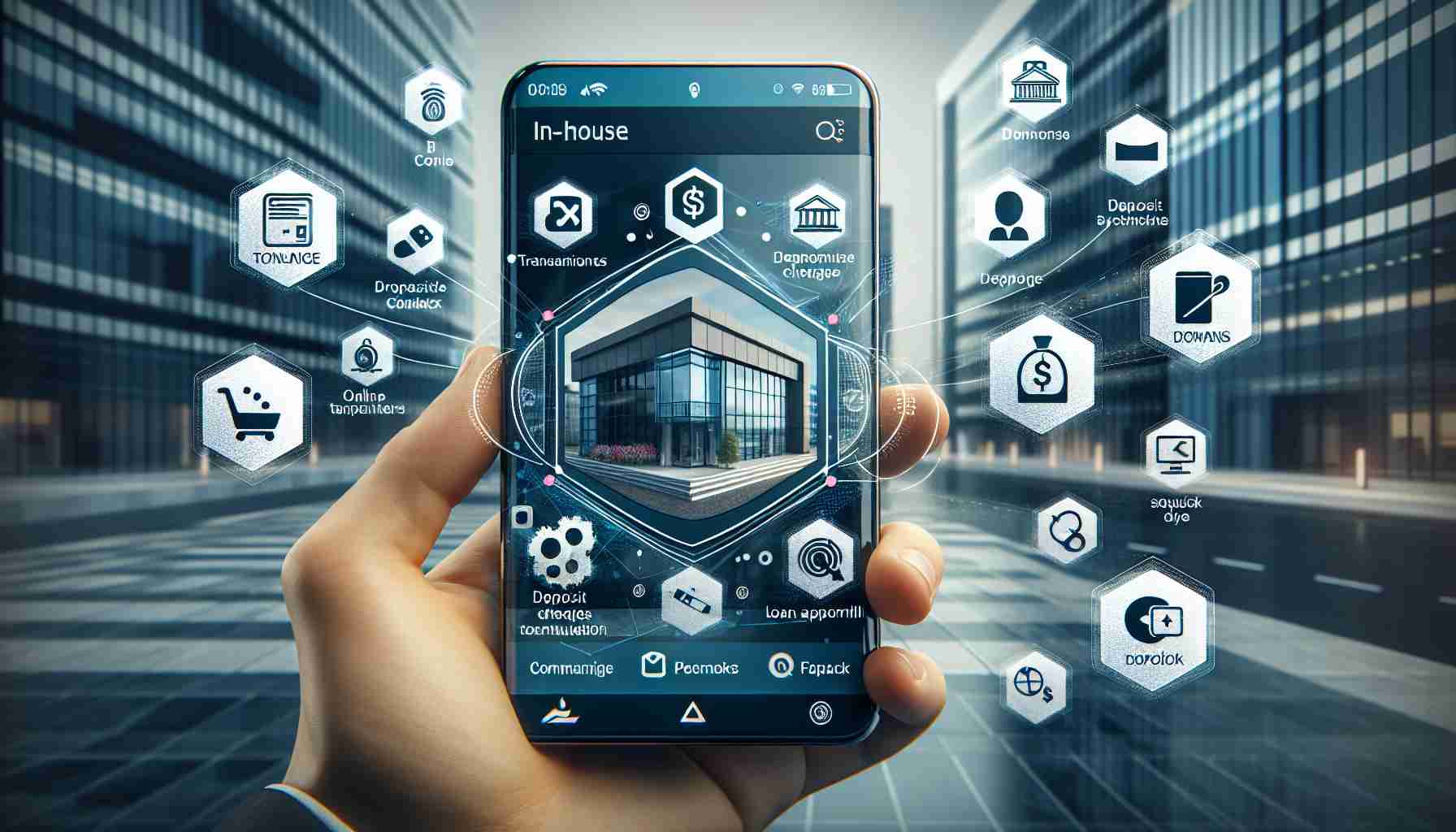Hiroshima Bank Develops App Features In-House Enhancing Digital Banking Experience
Hiroshima Bank has taken a significant leap in digital banking by internally developing new features for their smartphone application, the “Hirogin App”. The bank’s management had a strong ambition to bolster in-house development capabilities, and their efforts have come to fruition.
2024 marks a period of enhancement for the Hirogin App, witnessing four major updates that fine-tune the user interface and introduce additional functionalities, demonstrating the bank’s commitment to a development approach that reduces reliance on vendors.
In November 2023, a new functionality was introduced to the Hirogin App—the ability to manage and review one’s defined contribution pension plans, known as 401(k) or iDeCo in Japan. Users have now the convenience of checking the value of their pension assets and monitoring monthly contributions directly through the app. The bank’s project management staff highlighted the positive reception from customers who have found the app increasingly beneficial following these updates.
What’s particularly noteworthy is that the bank’s personnel have been hands-on with the development of this new feature, thanks to a freshly formed, in-house development team primarily comprised of young employees who managed to skillfully integrate the new functions into the app.
Important Questions and Answers:
– Q: Why has Hiroshima Bank chosen to develop its app features in-house?
A: Hiroshima Bank aimed to bolster in-house development capabilities to reduce reliance on external vendors and have greater control over the digital banking experience they offer to their customers.
– Q: What new features were added to the Hirogin App in 2024?
A: The app incorporated enhancements to the user interface and additional functionalities, including the ability to manage and review one’s defined contribution pension plans.
– Q: What is the significance of the new pension management feature?
A: This feature allows users to conveniently check the value of their pension assets and monitor their monthly contributions directly through the Hirogin App.
Key Challenges or Controversies:
– Ensuring data security and privacy within the financial app can be a challenge when developing features in-house, as banks must adhere to strict regulations.
– The transition from outsourcing to in-house development can face resistance from within the organization, with potential challenges in scaling up the skills and numbers of the development team.
– Maintaining the app with regular updates and addressing any issues swiftly could be challenging without the infrastructure and support that comes from established vendors.
Advantages:
– Customization: In-house development allows Hiroshima Bank to tailor the app to the specific needs of their customers.
– Flexibility: They can more easily implement changes and updates without being dependent on a vendor’s schedule or limitations.
– Cost control: By avoiding external vendors, the bank may reduce costs in the long term.
Disadvantages:
– Resource intensive: In-house development requires sufficient investment in training and maintaining a competent development team.
– Risk of limited expertise: The bank must ensure that the in-house team has or can develop the necessary expertise to create and maintain complex app features.
– Time-consuming: Developing competencies in-house may take longer than relying on specialized vendors, which can impact the speed of implementation.
If you are interested in learning more about Hiroshima Bank or reading updates on their digital banking services, you can visit their official website through this link.
Please note that the URL provided is valid only as of the last update, and the actual validity may change over time.
